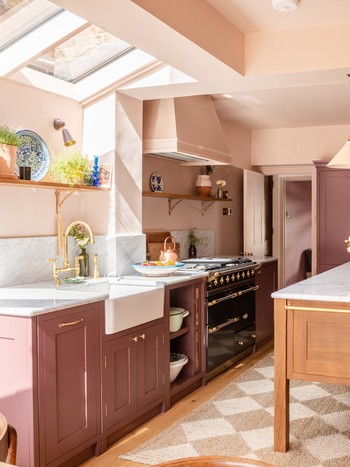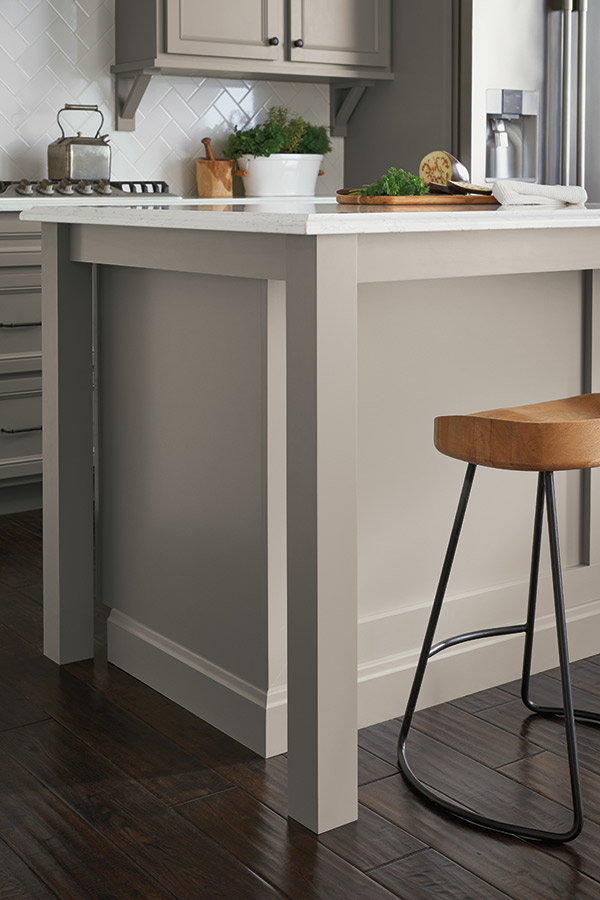Accomplish a Sophisticated Appearance Using Ornate Legs For Kitchen Island Styles
Wiki Article
Exploring the Numerous Designs of Legs For Cooking Area Island: What You Need to Know
In the world of kitchen area design, the option of legs for your island is even more than a mere aesthetic choice; it considerably influences both style and functionality. From the streamlined refinement of modern steel to the classic appeal of traditional timber, each option presents special benefits and style possibilities. Industrial designs can give a rugged personality, while rustic farmhouse legs evoke a feeling of warmth and custom. In addition, the introduction of special attractive legs permits personal expression within practical furnishings. The concern continues to be-- how do you determine which style best straightens with your vision?Modern Metal Legs
Modern metal legs have become a preferred selection for kitchen islands, using both resilience and a streamlined aesthetic. These legs are generally crafted from materials such as stainless-steel, aluminum, or functioned iron, making them resistant to damage, which is important in a high-traffic area like the cooking area. Their robust building guarantees stability, suiting the weight of hefty counter tops and day-to-day use.In addition to their strength, modern metal legs come in different designs, from minimalist to industrial designs, enabling house owners to tailor their cooking area islands to their unique tastes. The reflective surfaces of metal can include a modern touch, boosting the general illumination of the kitchen space. Furthermore, steel legs can be paired with a variety of kitchen counter products, integrating flawlessly with granite, quartz, or perhaps redeemed timber.
An additional advantage of steel legs is their ease of upkeep; they can be merely cleaned to remove any spills or spots, guaranteeing longevity and cleanliness. In general, modern metal legs not only give architectural assistance for kitchen area islands however likewise contribute significantly to the aesthetic allure, making them a preferred choice for modern kitchen area designs.
Traditional Timber Legs

Standard timber legs can take numerous forms, including turned, tapered, or square styles. Square legs provide a robust appearance, which can produce a feeling of stability and weightiness in the layout - Legs For Kitchen Island.
In addition, timber legs can be stained or painted to match existing cabinetry or design, supplying modification alternatives that boost the total visual of the cooking area. Coupling these legs with a timber kitchen counter or various other wood elements can develop a cohesive appearance, emphasizing the heat and character that standard timber brings to cooking area islands. Therefore, traditional timber legs continue to be a timeless option for those seeking beauty and functionality in their cooking area layout.
Industrial Style Legs

The flexibility of commercial legs allows them to complement a range of kitchen counters, from recovered wood to polished concrete. Their intrinsic stamina guarantees durability, making them suitable for heavy-duty use. In addition, the minimal style commonly connected with commercial design legs can improve the overall area without overwhelming it.
Industrial legs can be integrated into various cooking area arrangements, from open-concept rooms to extra compact styles. Ultimately, find out this here industrial style legs can transform a kitchen area island right into a statement piece, weding kind and function in an unified manner.
Rustic Farmhouse Legs
Rustic farmhouse legs embody a charming mix of custom and warmth, making them a popular selection for kitchen areas that seek to stimulate a relaxing, inviting ambience. Defined by their tough building and natural materials, these legs frequently include timber with a distressed surface, showcasing the charm of imperfections that features age. This aesthetic not just strengthens the farmhouse design however also includes character and credibility to the kitchen room.Usually, rustic farmhouse legs are designed with durable, beefy profiles that give considerable assistance for the kitchen area island. Frequently crafted from recovered wood, they add to a lasting style while offering a special tale with their different textures and tones. The natural grain patterns and knots located in these materials improve the aesthetic charm and bring a feeling of nature indoors.
In enhancement to their visual value, rustic farmhouse legs can be combined with various tabletop materials, such as butcher block or rock, developing a harmonious equilibrium in between rustic charm and contemporary capability. This versatility enables home owners to customize their kitchen area islands according to individual choices, ensuring that the area stays both functional and fashionable for everyday use.
Distinct Ornamental Legs
Regularly forgotten, unique decorative legs can transform a common cooking area island right into a statement piece that reflects individual style and creativity. These legs serve not only as structural supports but likewise as creative expressions that boost the total aesthetic of the kitchen area.Readily available in a range of designs, unique ornamental legs can range from elaborate functioned iron scrollwork to boldly transformed wood patterns. For those leaning in the direction of an extra modern appearance, streamlined steel legs in geometric forms can supply a minimalist yet captivating allure. Conversely, redeemed timber legs with artisanal detailing bring heat and character, lining up with sustainable layout concepts.
Integrating unique attractive legs right into your kitchen area island permits endless modification. Shade, structure, and form can be adjusted to balance with existing design or to introduce an amazing contrast. As an example, coupling a rustic wooden top with polished brass legs produces a striking juxtaposition that attracts the eye.
Inevitably, selecting unique attractive legs is a chance to share personal preference while making sure functionality. By focusing on both design and durability, house owners can create a cooking area island that not only attracts attention but additionally serves as a sensible centerpiece for cooking try this web-site endeavors.
Final Thought
Modern metal legs offer a smooth appearance, while typical timber legs offer warmth and character. Industrial-style legs introduce a metropolitan allure, and rustic farmhouse legs highlight all-natural elegance and sturdiness.A variety of standard wood legs can improve the appeal great post to read and warmth of kitchen area islands, appealing to house owners that favor a timeless visual. Coupling these legs with a timber kitchen counter or various other wood components can develop a natural appearance, highlighting the heat and personality that standard wood brings to kitchen area islands. Modern metal legs provide a sleek look, while traditional timber legs supply heat and personality. Industrial-style legs introduce an urban appeal, and rustic farmhouse legs highlight all-natural elegance and strength. Special ornamental legs serve as a means of customization, making certain that the cooking area island not only supports practical use yet additionally enhances the total layout of the kitchen.
Report this wiki page